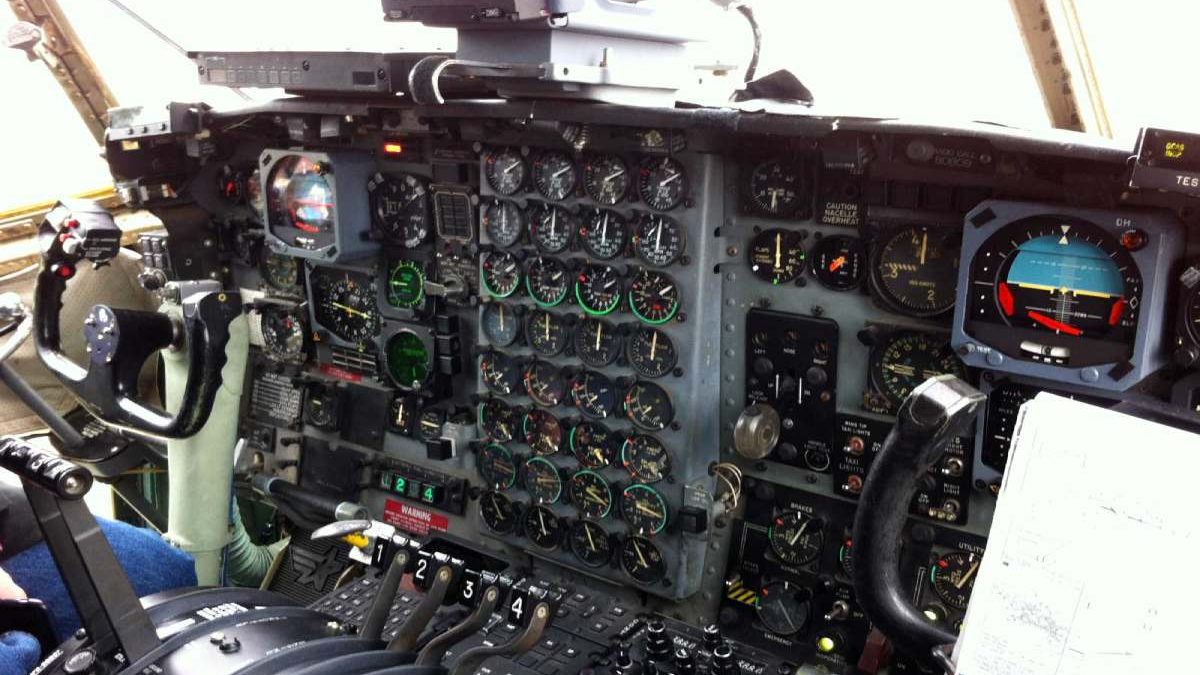Surface and Air radio systems have evolved significantly, offering hobbyists many choices for customizing their radio-controlled (RC) cars, boats, airplanes, and other vehicles. With so many options available, deciding which features to prioritize can be overwhelming. This article provides a comprehensive guide to the essential components of surface radio systems from reputable brands such as Futaba, covering surface transmitters, surface servos, surface receivers, aircraft receivers, aircraft servos, and aircraft transmitters.
Table of Contents
Surface Transmitters: The Heart of the System
A surface transmitter is a key component that enables you to control your RC vehicle remotely. Some critical factors to consider when selecting a surface transmitter include the following:
- Channels: The number of channels determines the number of separate functions you can control. Most surface vehicles require a minimum of two channels (steering and throttle), but additional channels are useful for advanced features such as gear shifting, lighting, and winches.
- Frequency: Modern surface transmitters typically operate on the 2.4 GHz frequency band, offering a better range and less interference than older frequencies.
- Ergonomics: The design and layout of the transmitter will impact how comfortable it is to use. Features like adjustable grips, throttle tension, and switch placement can greatly impact your overall experience.
Surface Servos: Precision and Power
Surface servos are responsible for converting the transmitter’s signals into mechanical action. Here are some key aspects to look for when choosing servos:
- Torque: The force a servo can generate is crucial for your vehicle’s performance. High-torque servos are recommended for larger, heavier vehicles or those requiring quick and precise movements.
- Speed: Servo speed is the time it takes to move from one position to another. Faster servos improve responsiveness, which is particularly important for racing applications.
- Size and Weight: Smaller and lighter servos are preferable for compact and lightweight vehicles, while larger and heavier servos are more suitable for demanding applications.
Surface Receivers: The Communication Link
Surface receivers are crucial in maintaining the connection between the RC transmitter and the vehicle. Key features to consider include:
- Compatibility: Ensure your receiver is compatible with your chosen transmitter, as some systems use specific protocols or brands, like Futaba or Spektrum.
- Range: The operating range of the receiver should be sufficient for your intended use. A longer range provides more freedom and a reduced risk of losing the signal.
- Failsafe: In signal loss, a failsafe feature helps avoid accidents by returning the vehicle to a predefined state, such as neutral throttle and straight steering.
Aircraft Receivers, Servos, and Transmitters: Adapting to the Skies
While surface radio systems are primarily designed for ground vehicles, some components can also be used for RC aircraft. If you’re interested in transitioning to the skies, consider the following:
- Aircraft Receivers: Similar to surface receivers, compatibility, and range are essential factors. Additionally, some RC aircraft receivers include features such as telemetry, providing real-time data on your aircraft’s performance.
- Aircraft Servos: The weight and size of RC aircraft servos are even more critical than surface vehicles, as they can significantly impact flight performance. High-quality servos, precise control, and fast response times are essential for aerial acrobatics and stability.
- Aircraft Transmitters: Many surface transmitters can also be used for RC aircraft control, but specialized aircraft transmitters offer features such as programmable mixing, multiple model memory, additional channels for controlling flaps, retractable landing gear, and other functions.
Conclusion
Tailoring your surface radio system from brands such as Futaba to your unique preferences and requirements can greatly enhance your RC experience. By familiarizing yourself with the range of features and options offered by surface transmitters, surface servos, surface receivers, and aircraft receivers, servos, and transmitters, you’ll be better equipped to make informed decisions when customizing your setup. Understanding these components will ultimately enable you to optimize your RC vehicle’s performance and control, leading to a more enjoyable and satisfying hobby experience.

